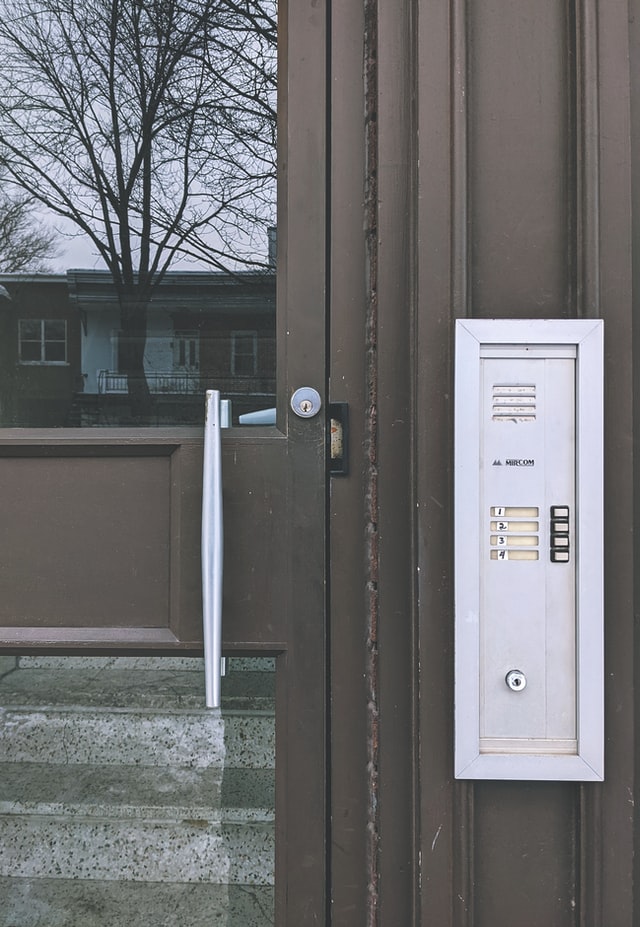As a concession to restaurants during COVID-19 restrictions, they were given access to expanded outdoor dining space and the option to provide alcohol as part of takeout orders. Indoor capacity restrictions have recently been removed, but in California, these options are staying throughout the rest of the year.
City officials agree that outdoor dining has brought something to the cities that they were lacking. Even though many of these new spaces are not zoned for eating areas, San Francisco mayor London Breed says they brought new life to the city even during a pandemic. In fact, she wants them to stay permanently, not just through 2021. There’s also a bill to extend to-go alcohol indefinitely.
Photo by Gabriella Clare Marino on Unsplash
More: https://lbpost.com/news/california-to-allow-sale-of-to-go-cocktails-through-2021



















